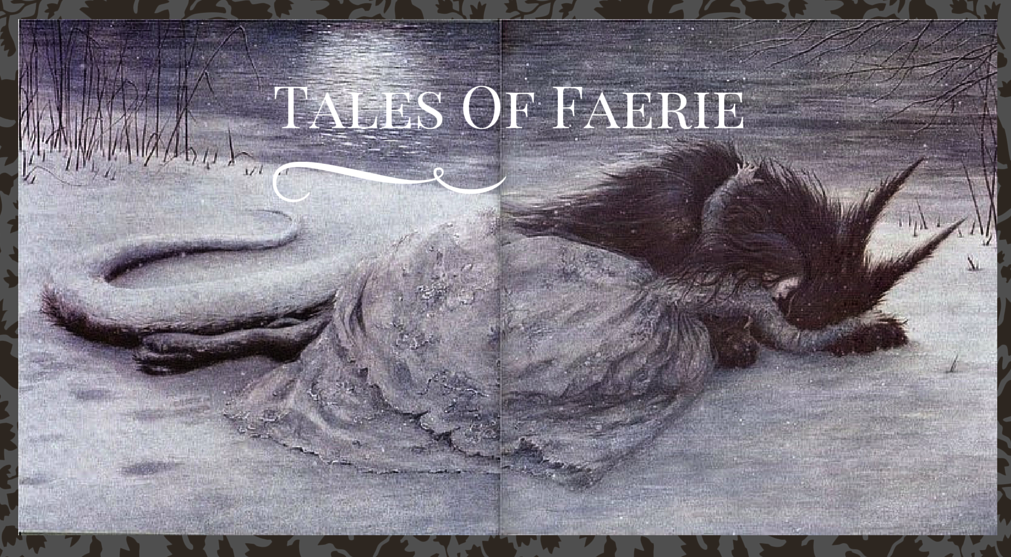
Kay Nielsen
Henry Bett claims that Gilles de Retz, Sieur de Laval, Marshal of France, was nicknamed "Barbe Bleue," "because of his blue-black beard," and that he believed he could restore his strength by bathing in the blood of young children (an awful resemblance to Countess Elisabeth Bathory bathing in the blood of young virgins to retain her beauty).
I haven't found any concurrence on the nickname or the bloodbaths, but he was a serial killer of young boys who gained pleasure from their pain and humiliation. More about him on wikipedia.

Matt Mahurin
Conomor the Cursed is the other possible candidate for the "real" Bluebeard. Once again, history becomes intertwined with legend. We do know he existed and killed his wives-I can't tell from my sources what are the exact known facts, but there's a whole legend about killing his wives once they got pregnant and how the last one was murdered but brought back to life and became a saint.
Edmund Dulac
If you want to know more about the tale, read the annotated version on Surlalune, or Terri Windling's article. Windling explores the various folkloric versions that predate Charles Perrault's tale, and how many of the heroines were able to outwit their murderous husband on their own, saving their sisters who had been victims-a stark contrast to Perrault's heroine who can do nothing but wait for her brothers to save her. And the moral (Perrault's) which condemns the woman for disobedience, and not the serial killer husband.

Art by Frederic Theodore Lix

No comments:
Post a Comment